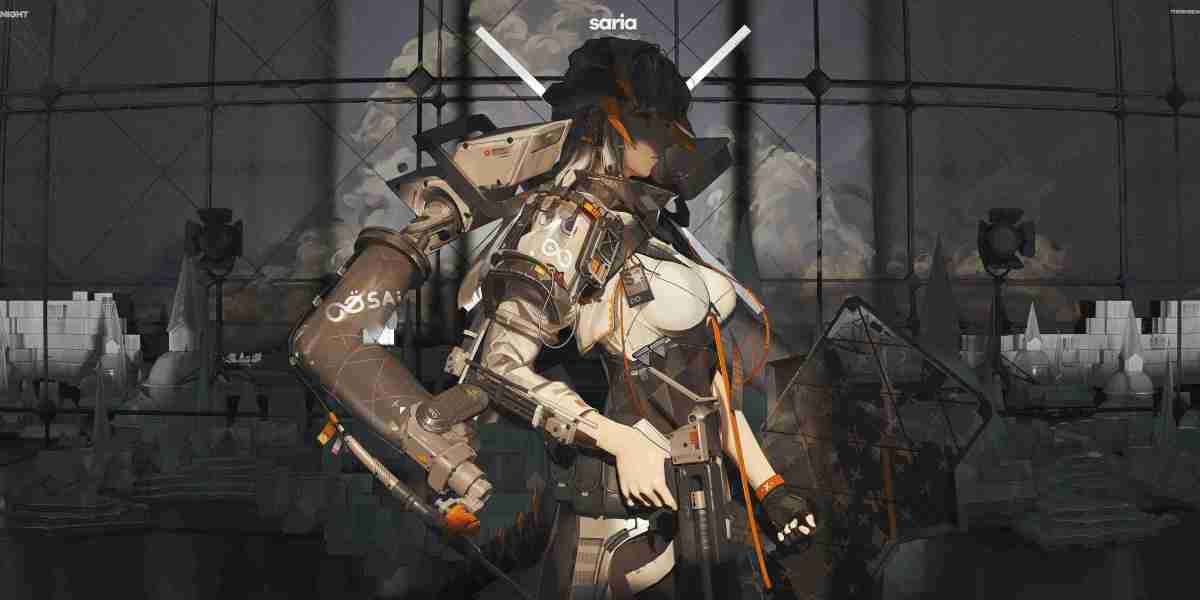3D printing has revolutionized the manufacturing industry, allowing for the creation of complex and customized objects with ease. However, like any technology, 3D printing comes with its own set of challenges. In this article, we will explore the most common issues that arise in 3D printing and provide solutions to help you overcome them.
1. Print Quality Issues
One of the most common problems in 3D printing is poor print quality. This can manifest as layer lines, warping, or stringing. To address this, ensure that your printer is properly calibrated and that the print bed is level. Additionally, adjusting the printing temperature and speed can help improve print quality.
2. Adhesion Problems
Another frequent issue is adhesion problems, where the printed object does not stick to the print bed. This can be resolved by using adhesion aids such as glue or tape, or by adjusting the print bed temperature. Experimenting with different bed materials, such as glass or PEI sheets, can also improve adhesion.
3. Nozzle Clogging
Nozzle clogging can cause interruptions in the printing process and result in incomplete prints. To prevent this, regularly clean the nozzle and ensure that the filament is of high quality. Adjusting the printing temperature and using a filament filter can also help prevent nozzle clogging.
4. Filament Jamming
Similar to nozzle clogging, filament jamming occurs when the filament gets stuck in the extruder. This can be addressed by checking the filament path for any obstructions and ensuring that the extruder is properly calibrated. Using a filament guide or lubricating the filament can also prevent jamming.
By addressing these common issues in 3D printing, you can improve the overall printing experience and achieve high-quality results. Remember to regularly maintain your printer and experiment with different settings to find the optimal configuration for your specific needs.








